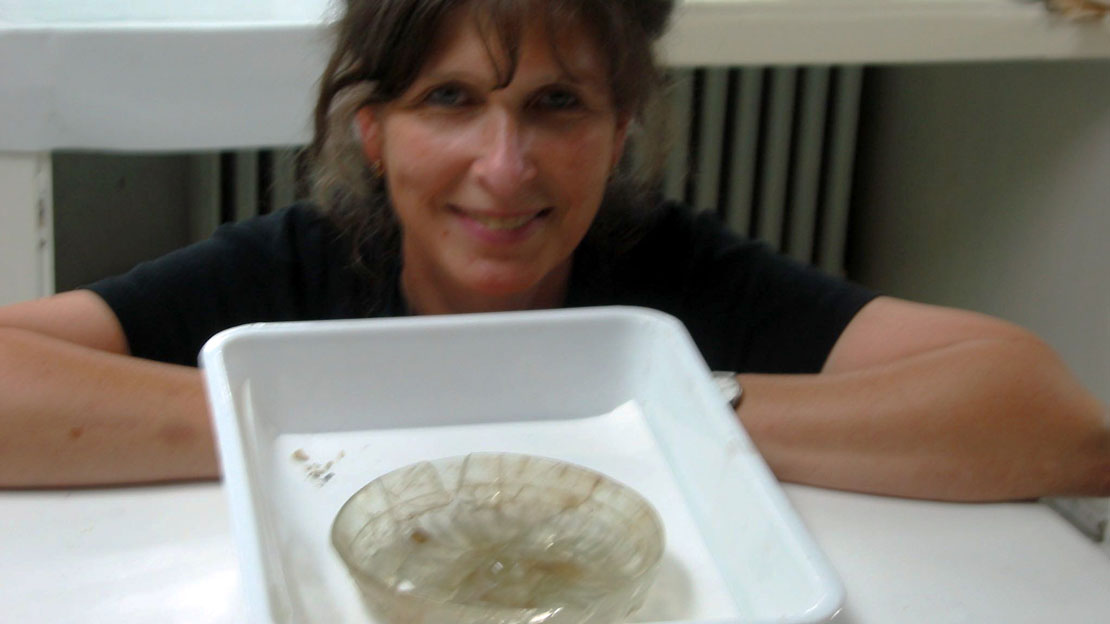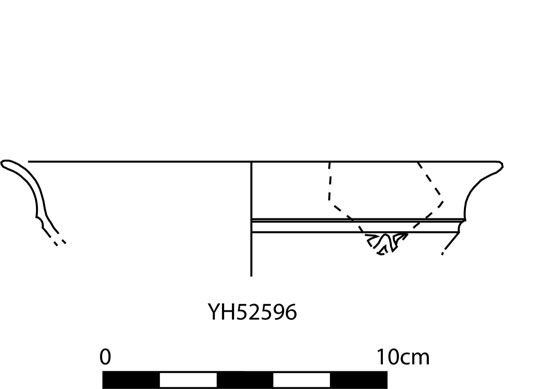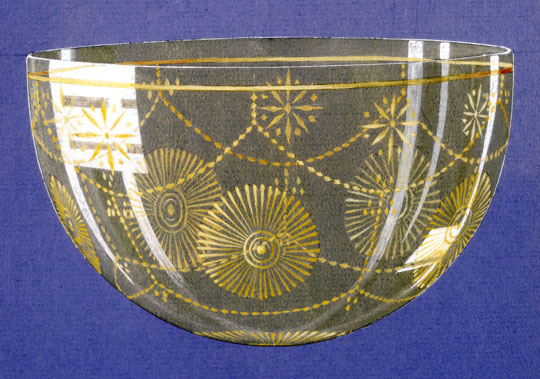Glass at Gordion
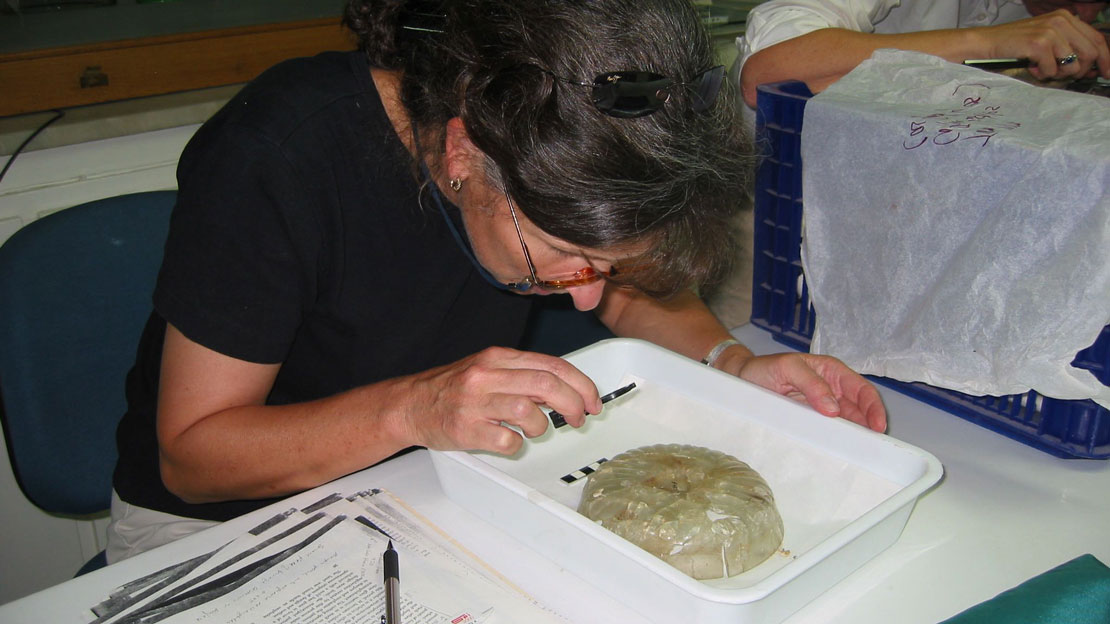
The glass vessels recovered from fifty years of archaeological investigation at Gordion make up one of the most extensive bodies of early luxury glassware from datable contexts. The corpus currently comprises over 1,700 diagnostic fragments ranging in date from the Iron Age to the Roman Empire, and representing every major glass forming technology of the ancient world, from molding to core-forming to inflation.
The glass vessels from Gordion rival the glass finds from Nimrud in the Iron Age, from Rhodes in the Classical period, and from Macedonia in the Hellenistic period. No other site in the ancient world has produced so many significant glass vessels of such consistently high quality over such an extended period of time. This remarkable body of material illuminates significant aspects of the commercial, technological, and cultural interchange between East and West during the first millennium BCE. Several of these finds even suggest a tradition of glass production in Asia Minor, possibly Phrygia itself, from as early as the eighth century BCE. Highlights of the glass finds from Gordion include:
Earlier Middle Phrygian Iron Age
Two high-quality molded decolorized petal bowls from contexts dated to the first half of the eighth century BCE. The first is a nearly complete decolorized mesomphalic phiale from Tumulus P decorated with a sophisticated petal motif. The second, from an eighth century BCE context on the City Mound, has a distinctive Phrygian petal motif familiar from numerous mid-eighth century bronze bowls of Phrygian manufacture. Molded glass vessels of this period are usually attributed to glass workshops in northern Mesopotamia, possibly around Nimrud, where a concentration of simpler hemispherical bowls was found. The fact that one of the Gordion bowls exhibits a Phrygian style petal motif, with a technique of manufacture that owes much to metallurgical techniques, opens the possibility that the Phrygians, who were master metallurgists, might have been master glass workers as well.
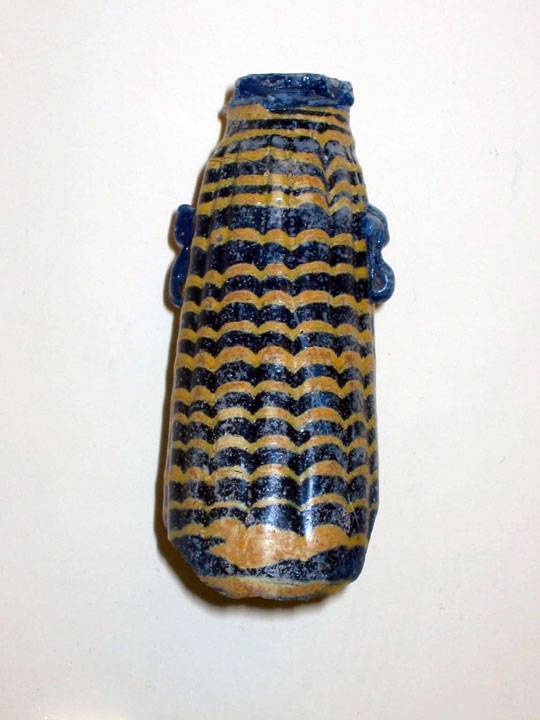
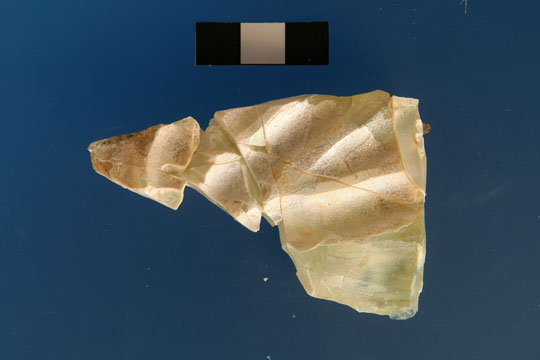
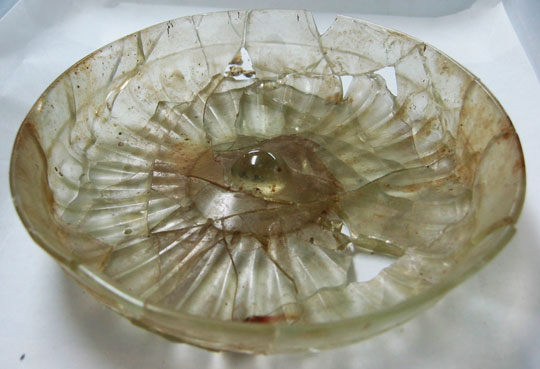
Later Middle Phrygian Iron Age
Two examples of the earliest type of western core-formed vessels. These fragments come from wide-bodied alabastra datable to the seventh century BCE, a time when the core-forming technique, the first technique devised exclusively for glass-forming, began to take hold in the eastern Mediterranean region.
Achaemenid
Over 150 fragments of core-formed vessels represent two of the three major periods of Mediterranean core-form production. Among these are examples of relatively rare classes of Mediterranean core-formed vessels that may have been produced in workshops along the Ionian Coast of Asia Minor.
Hellenistic
An unusual concentration of high-quality decolorized drinking bowls in the Achaemenid style, and a spectacular hemispherical bowl in gold sandwich glass technique with a net pattern decoration dated to the late third century BCE.
Roman
Nearly 1,200 fragments of Roman glass, of which the overwhelming majority, including molded monochrome tablewares, square mold-blown bottles, and indented and arcuate beakers, can be dated by vessel type to first and second centuries CE. A smaller number of vessels, including several tall-necked unguentaria, can be dated to the third to fourth centuries CE.
Further reading
- Jones, J. D. 2005. “Glass Vessels from Gordion: Trade and Influence along the Royal Road,” in The Archaeology of Midas and the Phrygians: Recent Work at Gordion, ed. L. Kealhofer, Philadelphia, pp. 101-116.
- von Saldern, A. 1959. “Glass Finds at Gordion,” Journal of Glass Studies 1, pp. 23-51.
